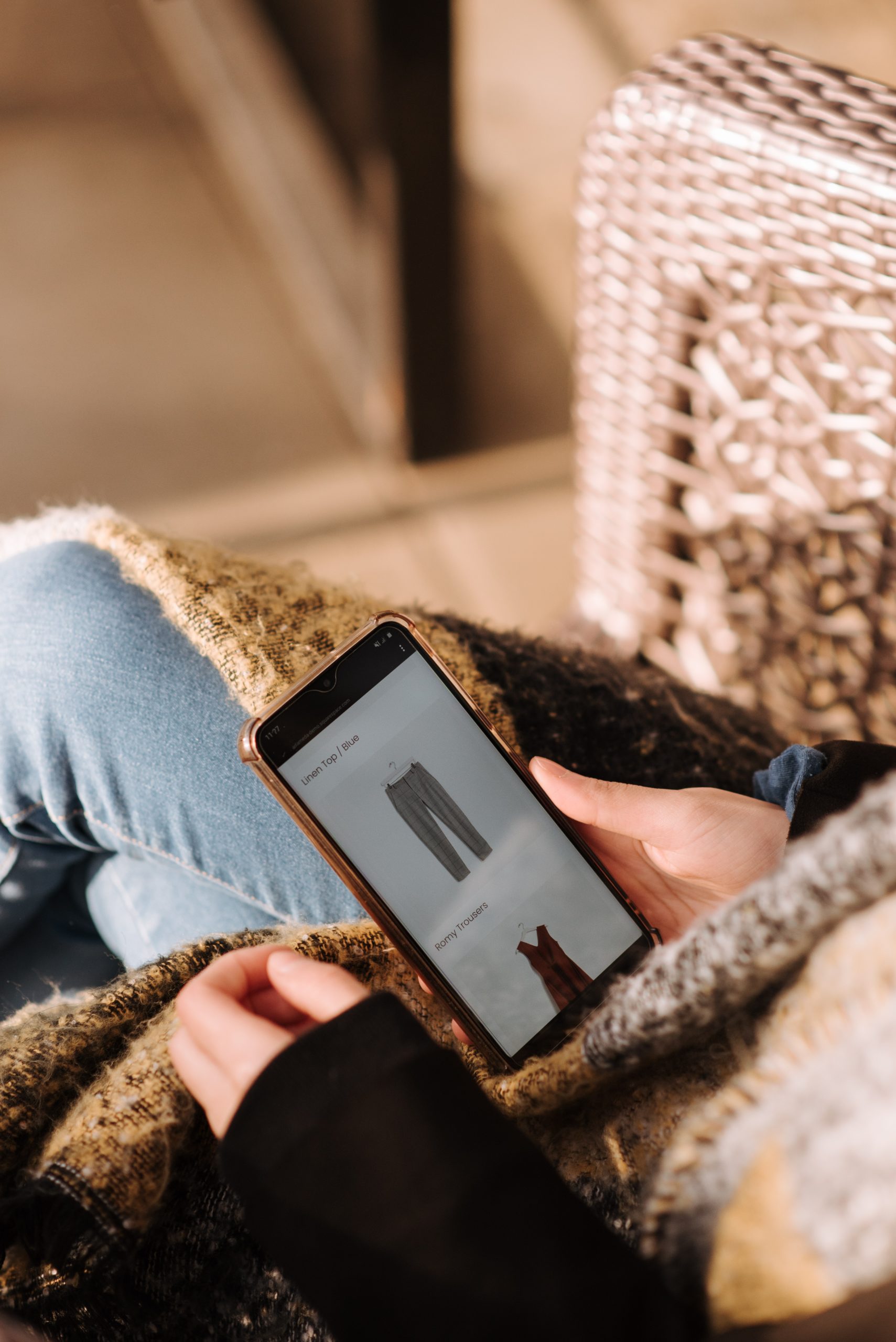In my last blog post, I introduced the first of five predictions for the evolution of retail in 2021: the expansion of experiential retail. The second, which I’ll be exploring below, is this: retail is where you are.
Generation Z, those born between the mid-1990s and the early 2010s, hold great promise for the future of retail. They exist in a fully connected world, integrating online and offline life so tightly that there’s little distinction between the two – and the retailer that understands how to reach them will have a substantial advantage going forward.
A great example of this can be found in China, where the online retailer Yihaodian launched virtual 3D stores viewable and browsable only in specific locations via augmented reality. Located in public spaces but viewable only using the retailer’s app, virtual stores like these can be organized by theme, promotion, season – the configurations are limitless.
For customers, that kind of offering can create a tangible experience of both exclusivity and extreme personalization – stores can even be created that are entirely personal to the shopper, based on her past purchases, profile and preferences. Think of it as Pokemon Go for shopping, a dynamic and compelling way to engage the next generation in physical space.
And it’s not just for online retailers. The South Korean retail chain Homeplus, which has 140 physical locations throughout the country, has done something similar at bus stops and in subway stations, enabling people to shop virtually in physical space while they wait for the next bus or train.
It’s that kind of availability of retail wherever you are that Gen Z needs and expects.
It’s crucial to find novel ways to leverage the customer’s smartphone to cause consideration of your brand, regardless of where she happens to be.
That’s equally important in your physical locations, where a mobile-enabled in-store experience can help the customer align her personal brand with your brand. Consider a clothing retailer where the shopper can try on a curated array of clothing in-store, share images of some looks with friends via her phone – and then, once those friends have weighed in, complete the purchase on her smartphone a couple of days later.
As a retailer, it doesn’t matter whether the purchase happens in-store or online – in fact, it’s better for your supply chain if it goes straight from the warehouse to the consumer. But the great experience the customer had in-store, giving her the thrill of discovery along with the ability to share that experience socially via her smartphone, is what led to the purchase.
One of the best projects The Industrious has done was a complete experience for the European clothing retailer C&A, leveraging fun, interactive scanner-enabled displays that suggest new looks to pair with shoppers’ chosen items, share brand stories, and offer gesture-enabled dress-up games. The result is a transformed in-store experience that gives customers a personalized, connected, highly shareable relationship with the brand.
Now is the time to focus on these kinds of experiences. It’s not only about helping you stand out from the competition – it’s about building a meaningful and lasting relationship with the next generation of shoppers.
Please feel free to reach out to me directly here with any questions or thoughts, or click here to download our new white paper on a path forward for the retail middle class to better connect with shoppers coming out of the pandemic.

